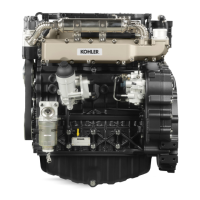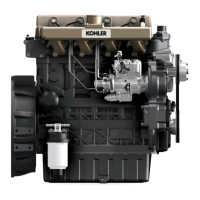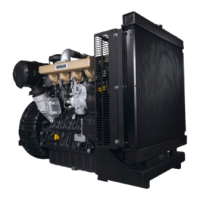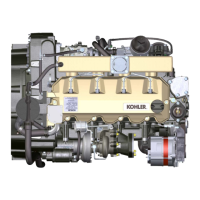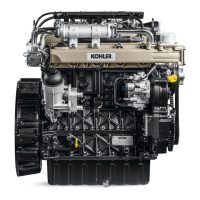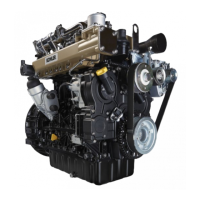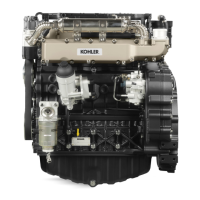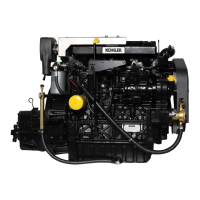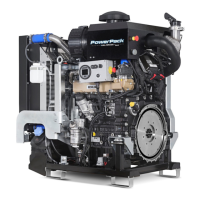3
64
_07ED0053029590
SAFETY INFORMATION
3.6 Safety and environmental impact
Every organisation has a duty to implement procedures to
identify, assess and monitor the inuence of its own activities
(products, services, etc.) on the environment.
Procedures for identifying the extent of the impact on the
environment must consider the following factors:
- Disposal of liquids.
- Waste management.
- Soil contamination.
- Atmospheric emissions.
- Use of raw materials and natural resources.
- Regulations and directives regarding environmental impact.
In order to minimise the impact on the environment, KOHLER
provides some indications to be followed by all those handling
the engine, for any reason, during its expected lifetime.
- All components and uids must be disposed of in accordance
with the laws of the countr y in which disposal is taking plac e.
- K e e p t h e i n j e c t i o n s y s t e m a s w e l l a s e n g i n e m a n a g e m e n t a n d
exhaust pipes in efcient working order to limit environmental
and noise pollution.
- When decommissioning the engine, select all components
according to their chemical characteristics and dispose of
them separately.
3.5 Information and safety signals
ACCIDENTAL START
Accidental Starts can cause
severe injury or death.
Before working on the engine or equipment, disconnect the
battery negative (-) wire.
ROTATING PARTS
Rotating Parts can cause
severe injury.
Stay away while engine is in operation. Keep hands, feet,
hair, and clothing away from all moving parts to prevent
injury.
Never operate the engine with covers, shrouds, or guards
removed.
LETHAL EXHAUST GASES
Carbon Monoxide can cause
severe nausea, fainting or
death.
Avoid inhaling exhaust fumes and never run the engine in a
closed building or conned area.
Carbon monoxide is toxic, odorless, colorless, and can
cause death if inhaled.
EXPLOSIVE GAS
Explosive Gas can cause
res and severe acid burns.
Charge battery only in a well ventilated area.
Keep sparks, open ames, and other sources of ignition
away from the battery at all times.
Batteries produce explosive hydrogen gas while being
charged.
Keep batteries out of the reach of children.
Remove all jewelry when servicing batteries. Before
disconnecting the negative (-) ground cable, make sure all
switches are OFF.
If ON, a spark will occur at the ground cable terminal which
could cause an explosion.
HOT PARTS
Hot Parts can cause severe
burns.
Engine components can get extremely hot from operation.
Do not touch engine while operating or just after stopping.
Never operate the engine with heat shields or guards
removed.
EXPLOSIVE FUEL
Explosive fuel can cause
res and severe burns.
Fuel is ammable and its vapours can ignite.
Store fuel only in approved containers, in well ventilated,
unoccupied buildings.
Do not ll the fuel tank while the engine is hot or running,
since spilled fuel could ignite if it comes in contact with hot
parts or sparks from ignition.
Do not start the engine near spilled fuel.
Never use fuel as a cleaning agent.
HIGH PRESSURE FLUID
RISK OF PUNCTURE
High Pressure Fluids can
puncture skin and cause
severe injury or death.
Work on the injection system must be carried out by suitably
trained staff wearing protection equipment. Injuries caused
by uid penetration are highly toxic and dangerous.
If an injury occurs, seek immediate medical attention.
ELECTRICAL SHOCK
Electrical Shock can cause
injury.
Do not touch wires while engine is running.
CALIFORNIA
WARNING - DECLARATION 65
Engine exhaust from this product contains chemicals known
to the State of California to cause cancer, birth defects, or
other reproductive harm.
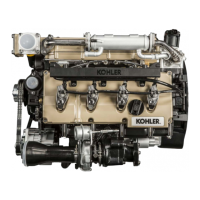
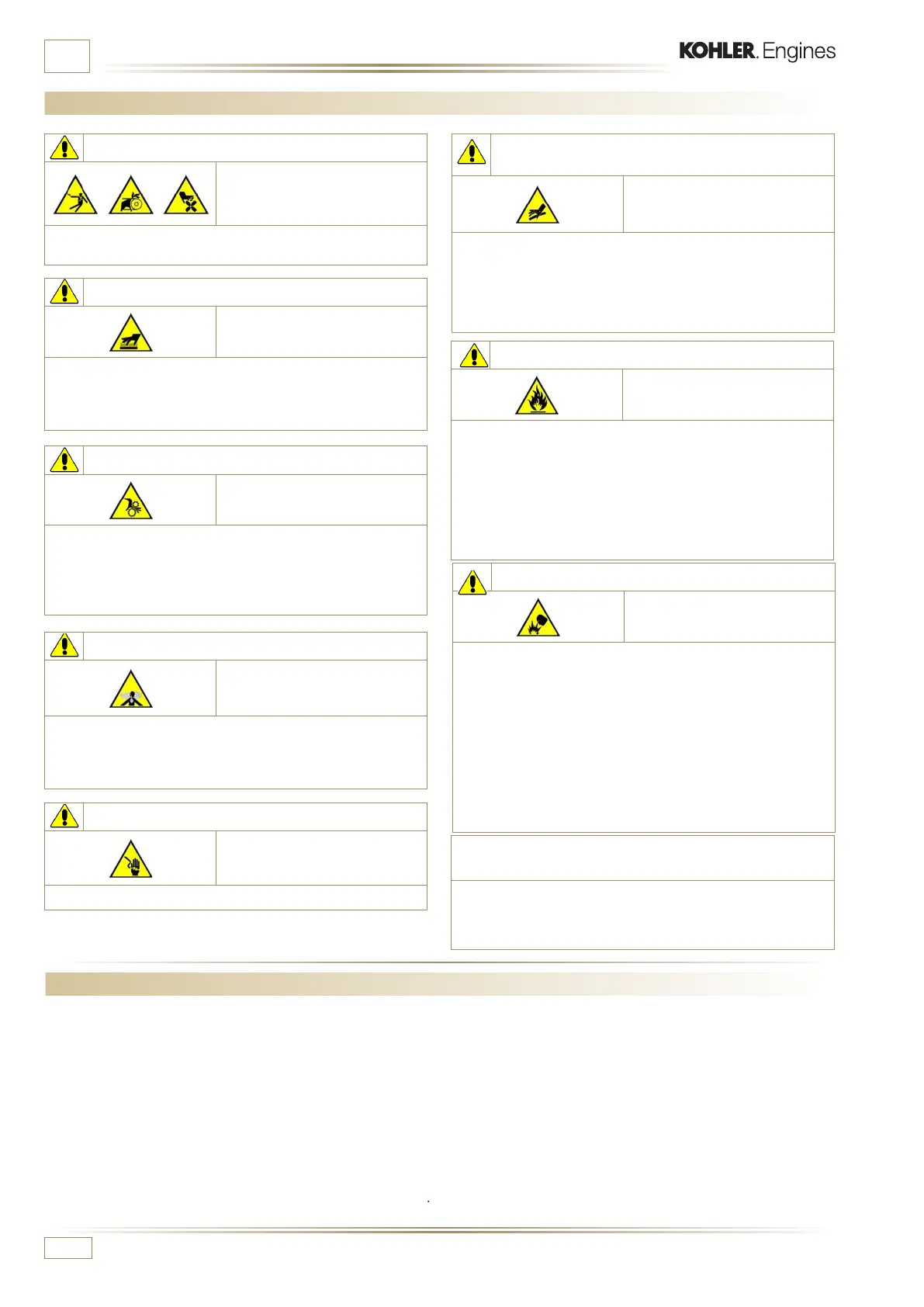